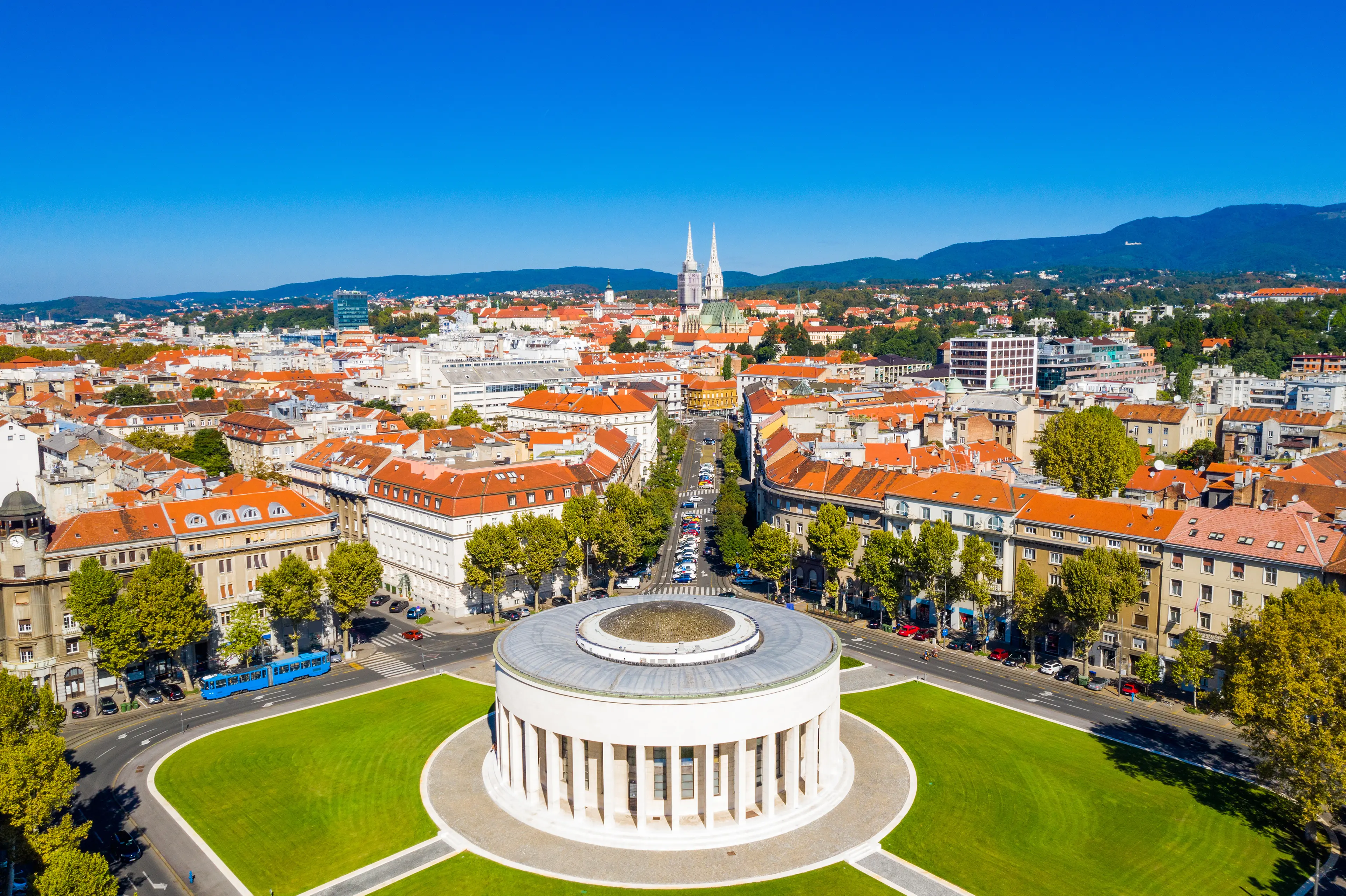2-Day Wine, Dine, and Relaxation Getaway for Couples in Zagreb
Zagreb, Croatia
2 days

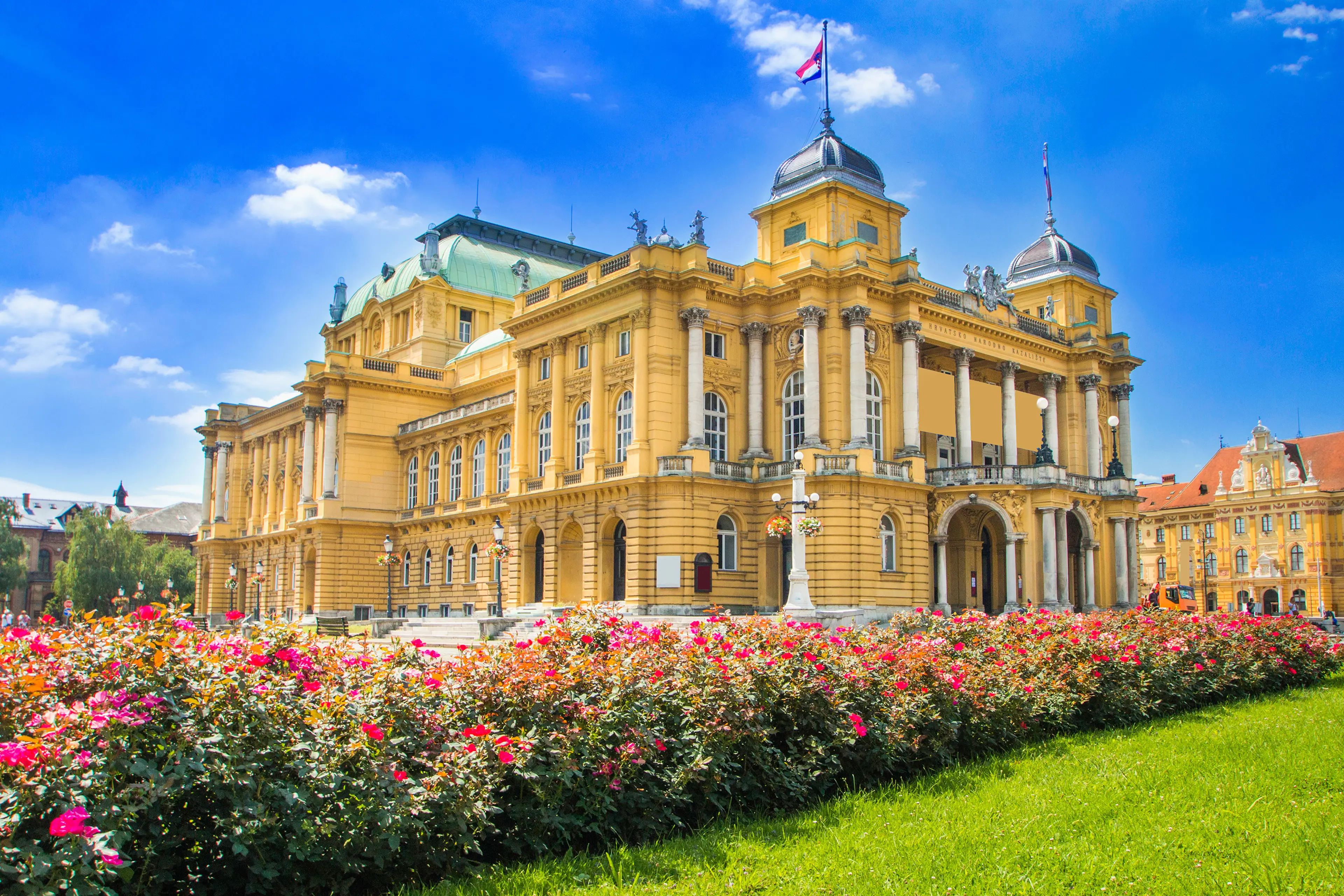
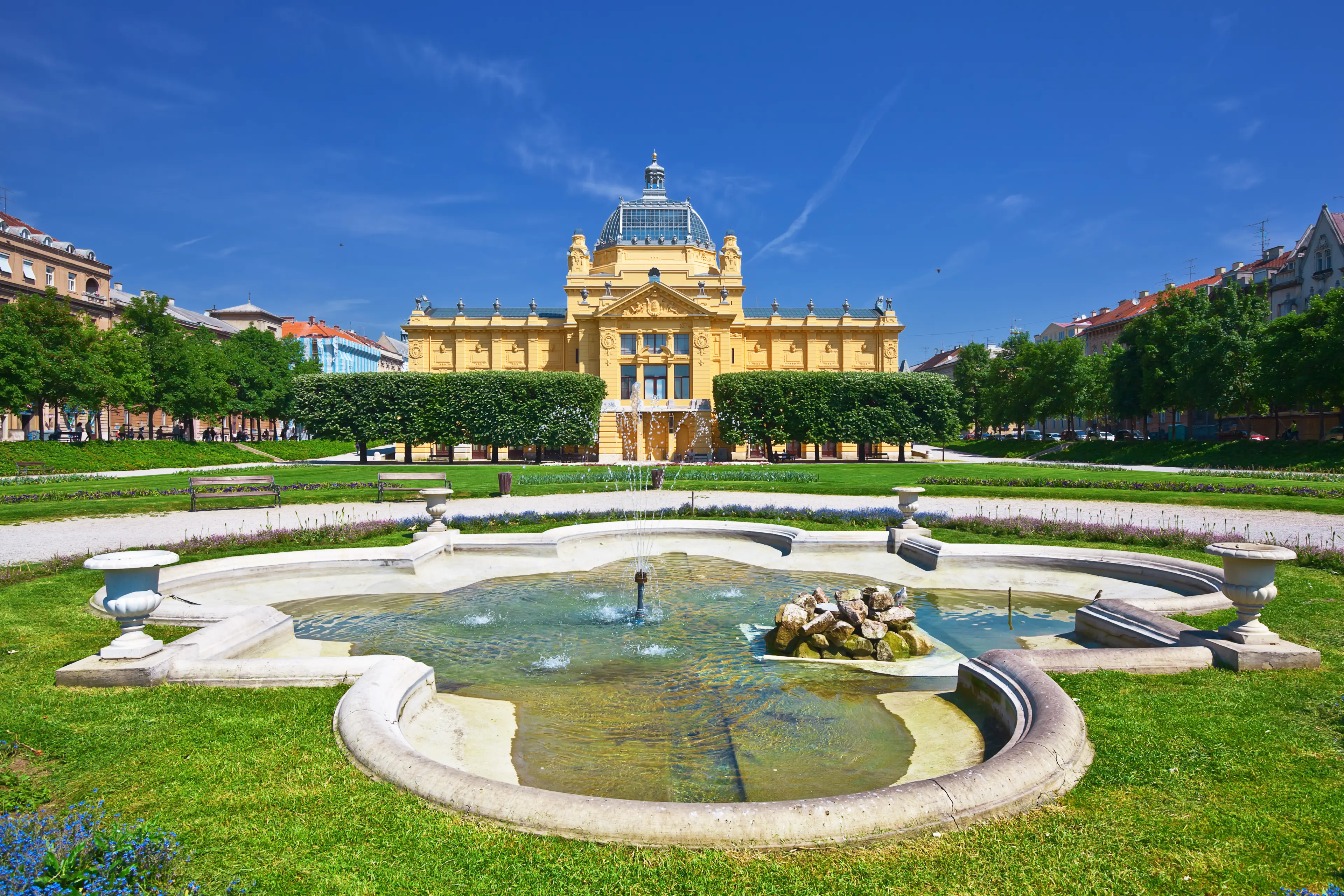
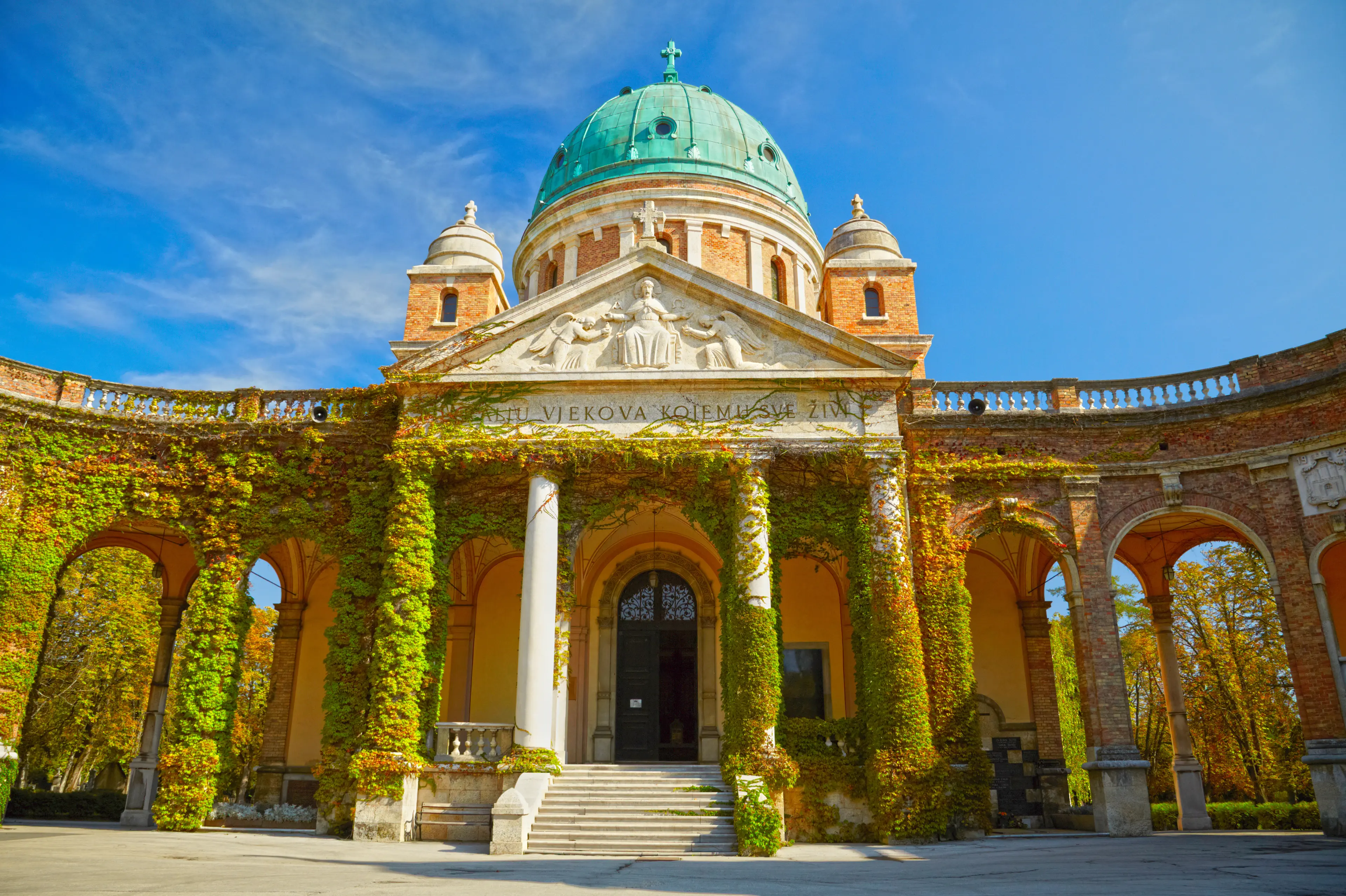
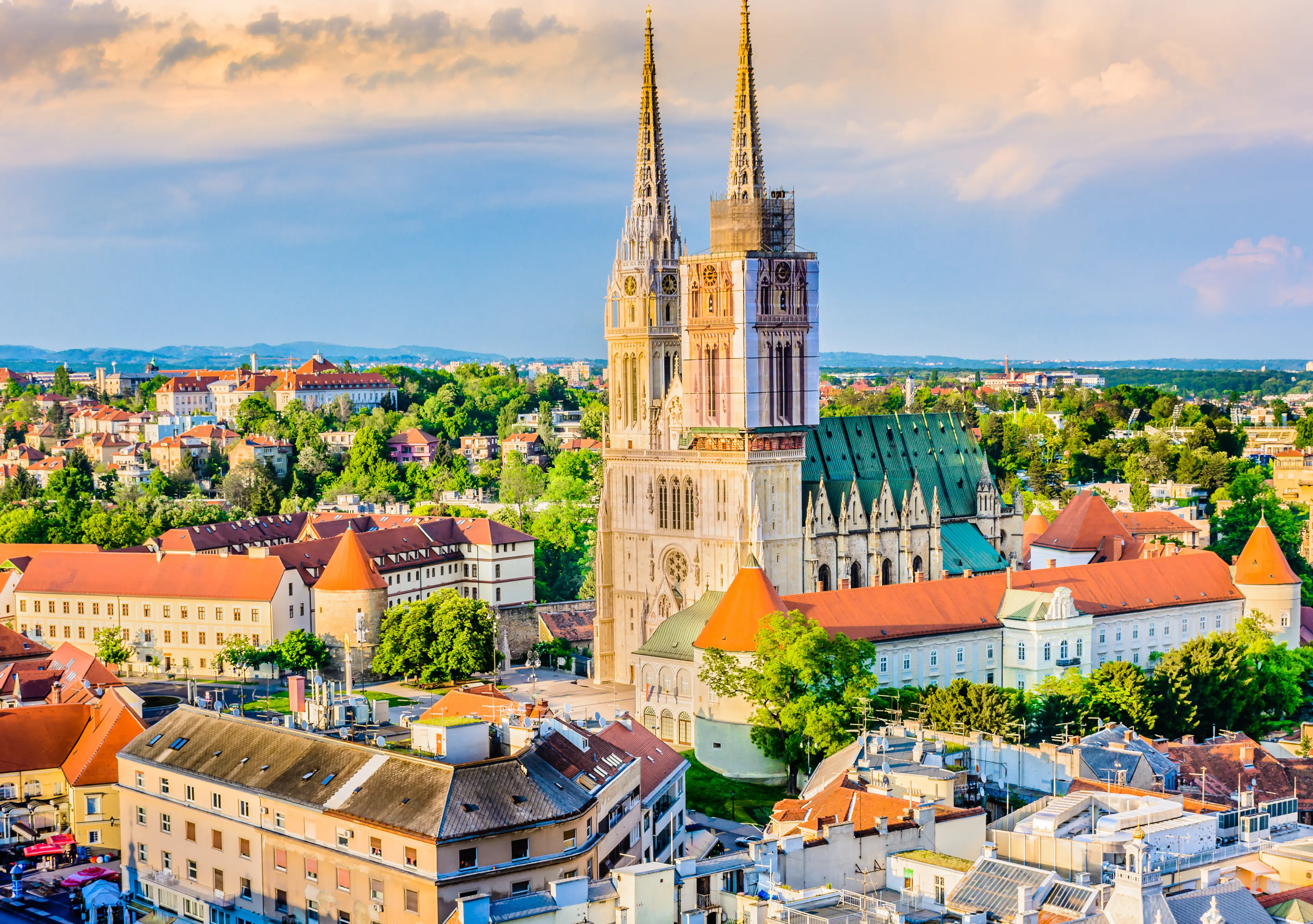
About Zagreb, Croatia
Discover the charm of Zagreb, the vibrant capital of Croatia. This city is a blend of rich history and modern living, offering a unique European experience. Explore the medieval Upper Town with its iconic St. Mark's Church, or stroll through the bustling streets of the Lower Town, filled with museums, galleries, and cafes. Visit the stunning Zagreb Cathedral, the tallest building in Croatia. Enjoy the local cuisine at Dolac Market, the city's most visited farmers market. Don't miss the Museum of Broken Relationships, a quirky testament to love stories that ended. Zagreb's parks and outdoor spaces, like the beautiful Lake Jarun, provide a breath of fresh air. With its blend of art, history, and lively street culture, Zagreb is a captivating destination.
2-Day Itinerary
Day 2
Experiencing Local Flavors and Architectural Wonders
Morning
Begin your second day with a visit to the vibrant Dolac Market, where you can sample fresh local produce and homemade specialties.
Lunch
Have lunch at a restaurant serving traditional Croatian cuisine. Try 'čevapi', a type of grilled meat, served with 'ajvar', a red pepper spread.
Afternoon
After lunch, take a leisurely walk to the Mirogoj Cemetery, one of the most beautiful cemeteries in Europe. Its arcades and pavilions are a testament to the city's rich architectural heritage.
Dinner
For your final dinner, choose a restaurant offering a fusion of Croatian and international cuisine. Pair your meal with a bottle of 'Plavac Mali', a robust red wine from the Dalmatian coast.
Evening
Finish your trip with a relaxing evening at one of the city's wine bars. Sample a variety of Croatian wines and enjoy the laid-back atmosphere.
Attractions in Itinerary (7)

1Lotrščak Tower
A fortified tower located in old part of Zagreb, known for the Gric cannon that fires every day to mark the noon.

2St. Mark's Square
St. Mark's Square is one of the most iconic landmarks in Zagreb, known for its colorful tiled roof depicting the coat of arms of Zagreb and Triune Kingdom. The square is surrounded by important political and religious buildings, adding to its significance.

3Croatian Museum of Naive Art
The Croatian Museum of Naive Art is a fine art museum dedicated to the work of naïve artists of the 20th century. The museum holds more than 1,900 works of art - paintings, sculptures, drawings and prints, mainly by Croatians but also by other well-known international artists in the genre.

4Museum of Broken Relationships
A unique museum that houses a collection of personal items from failed relationships, accompanied by brief descriptions.

5Zrinjevac Park
A beautiful park in the city center, known for its fountains, busts of notable people, and events during the Christmas season.

6Dolac Market
The most visited and the best known farmer's market in Zagreb, well known for its combination of traditional open market with stalls and a sheltered market below.

7Mirogoj Cemetery
The Mirogoj Cemetery is a cemetery park that is considered to be among the more noteworthy landmarks in the City of Zagreb. The cemetery inters members of all religious groups: Catholic, Orthodox, Muslim, Jewish, Protestant, Latter Day Saints; irreligious graves can all be found.
Local Food and Drinks (12)
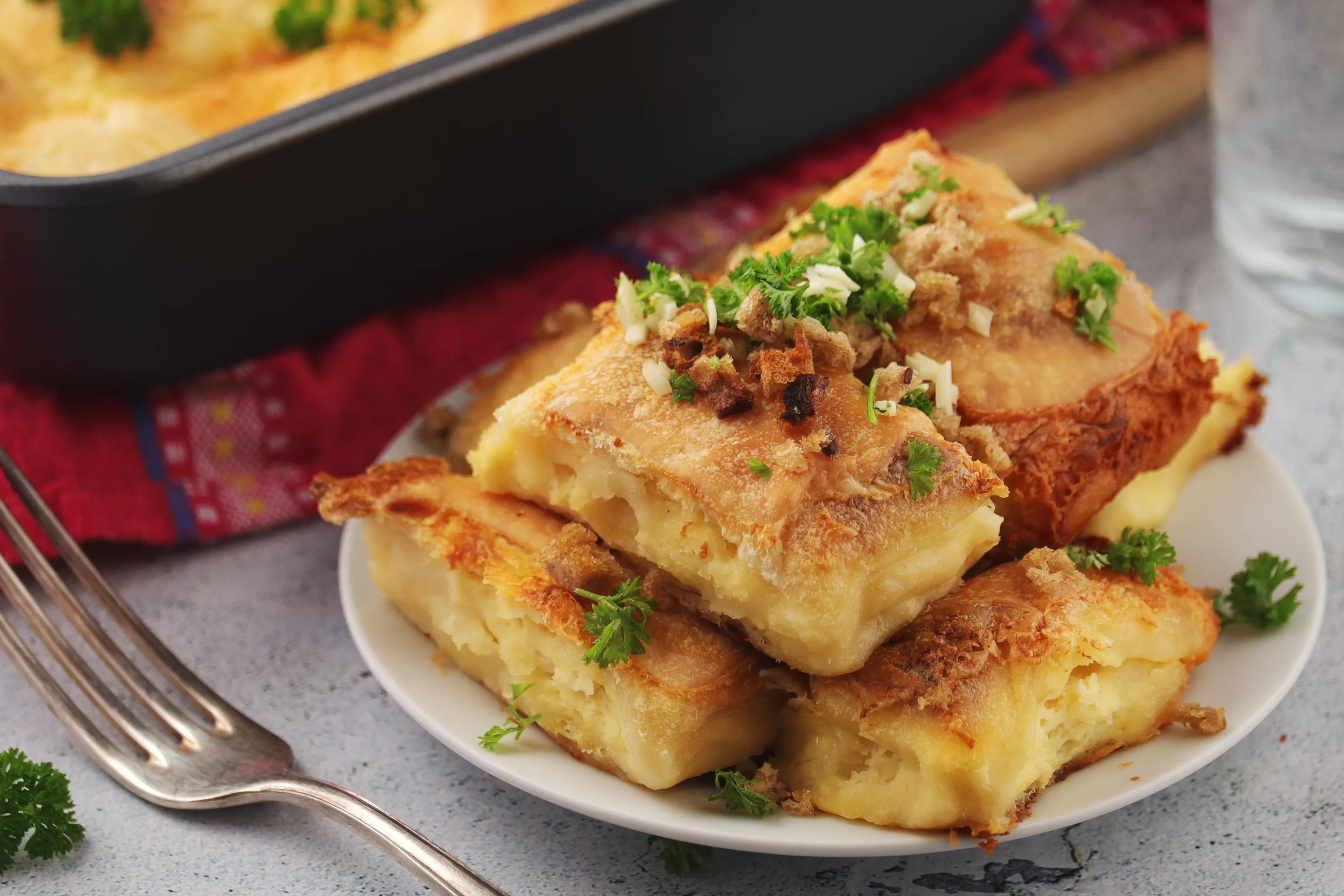
Strukli
A traditional dish from the Zagreb region, Strukli is a pastry filled with cottage cheese, sour cream, and eggs, often served as a starter or a main course.

Kulen
Kulen is a type of flavored sausage made of minced pork that is traditionally produced in Croatia. It's a popular appetizer in Zagreb.
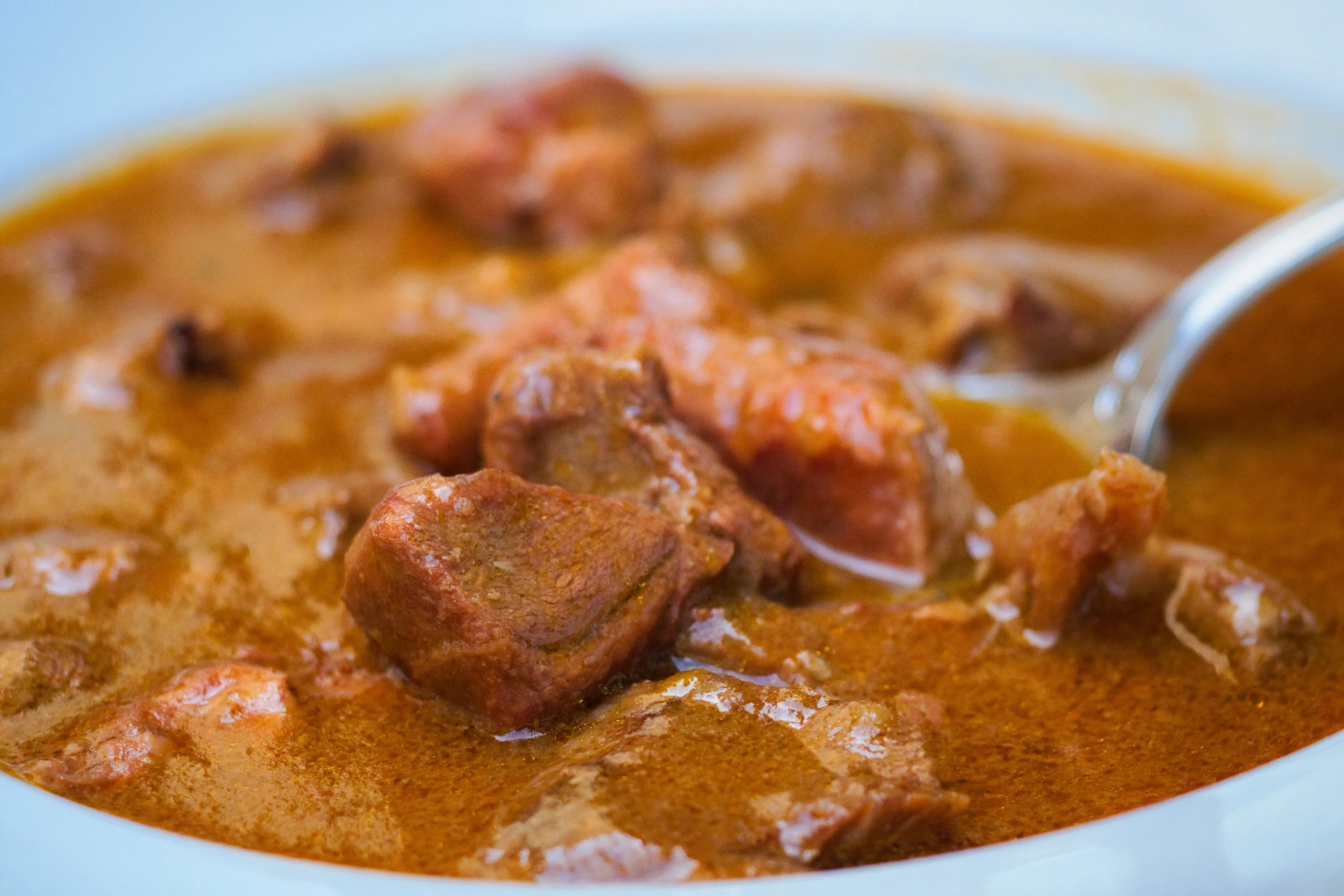
Čobanac
Čobanac is a traditional Croatian stew made from several types of meat and lots of hot paprika. It's a hearty dish popular in Zagreb.
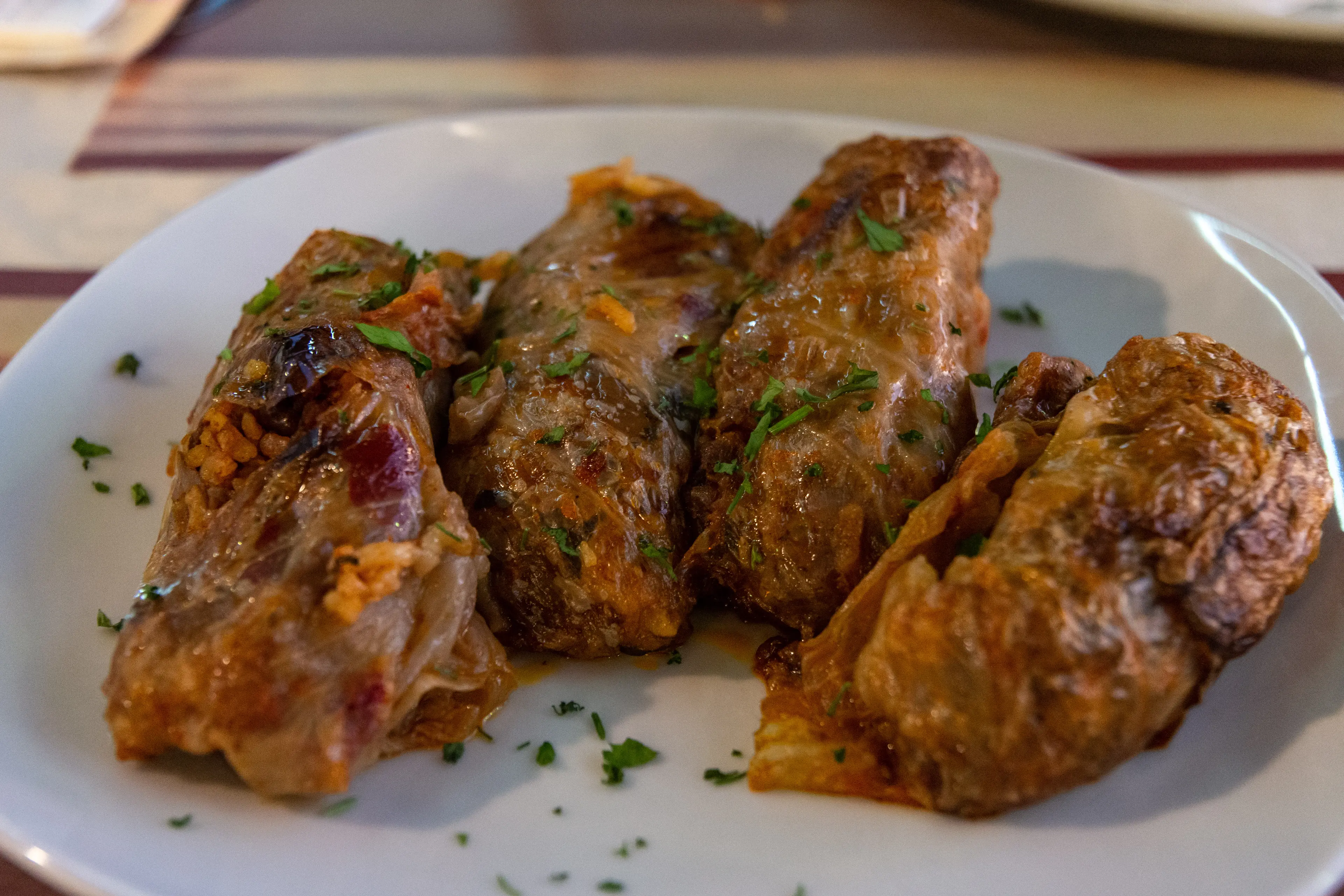
Sarma
Sarma is a traditional Balkan dish made of minced meat and rice wrapped in pickled cabbage leaves. It's a staple dish in Zagreb, especially during winter.
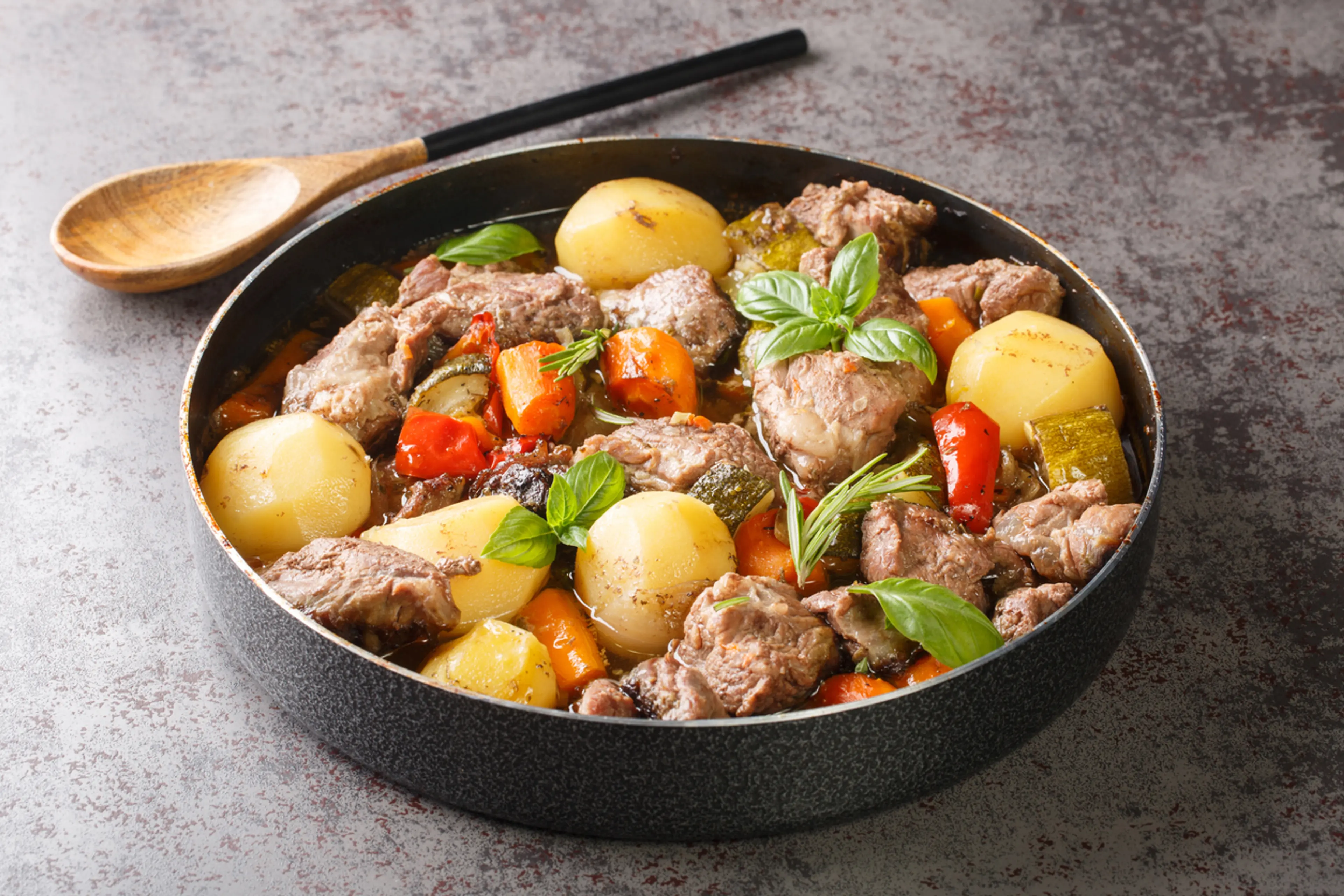
Peka
Peka is a traditional Croatian way of preparing food. The ingredients are placed into a large pot which is then put into a fireplace. It's a popular cooking method in Zagreb.
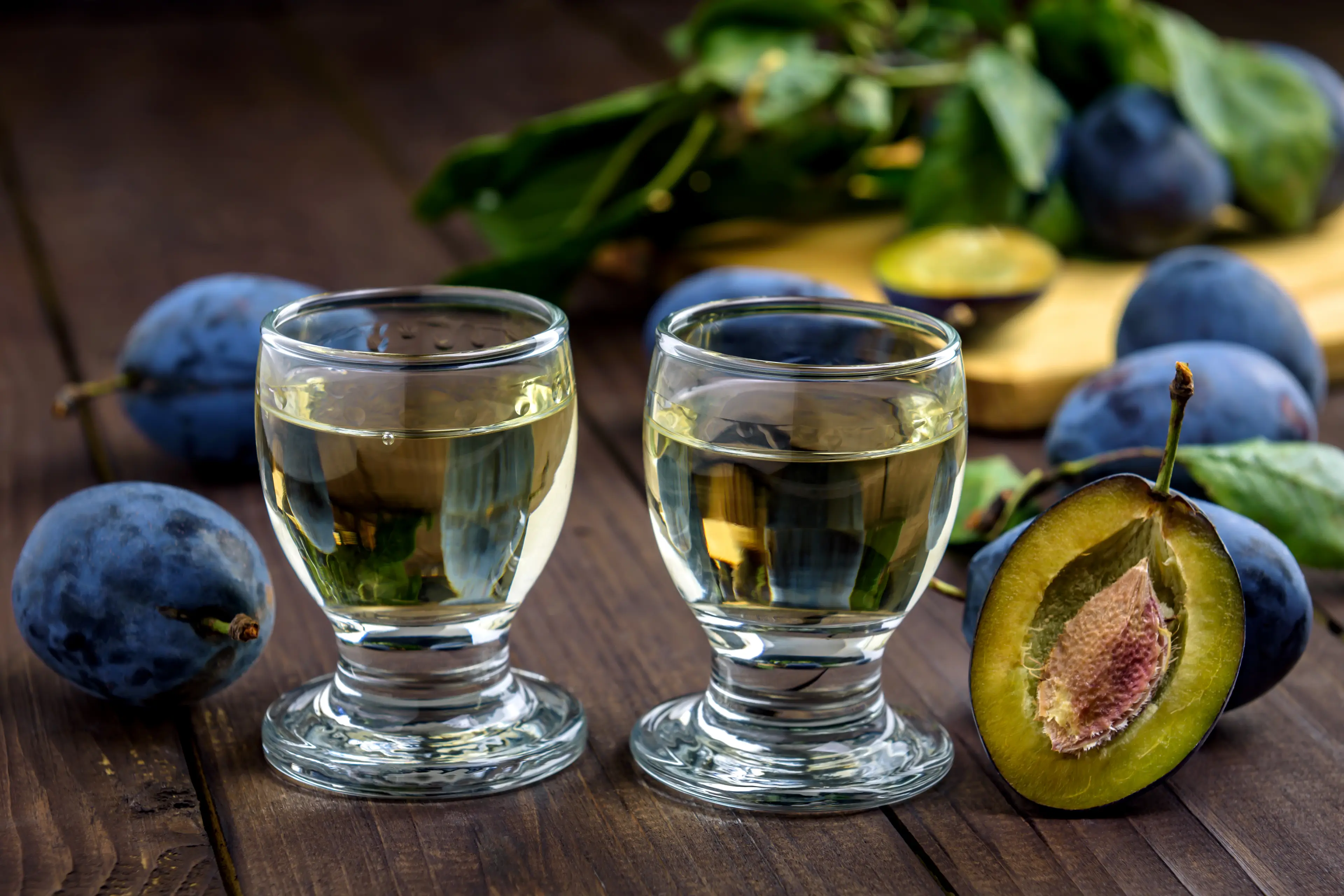
Rakija
Rakija is a popular brandy across the Balkan peninsula that comes in many flavors. It's often served as an aperitif in Croatia.
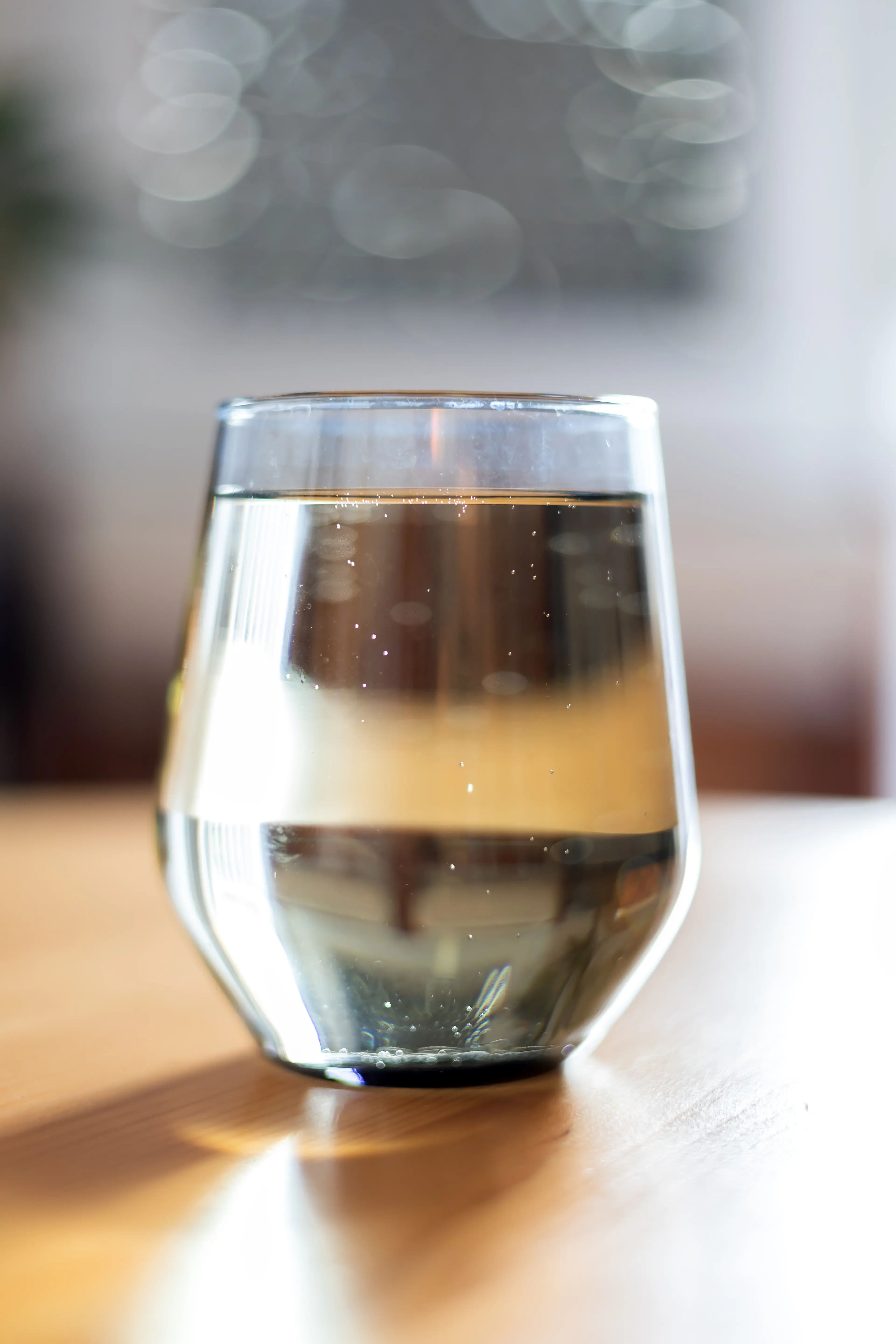
Gemist
Gemist is a refreshing Croatian drink made by mixing white wine and sparkling water. It's a popular choice in Zagreb during hot summer days.
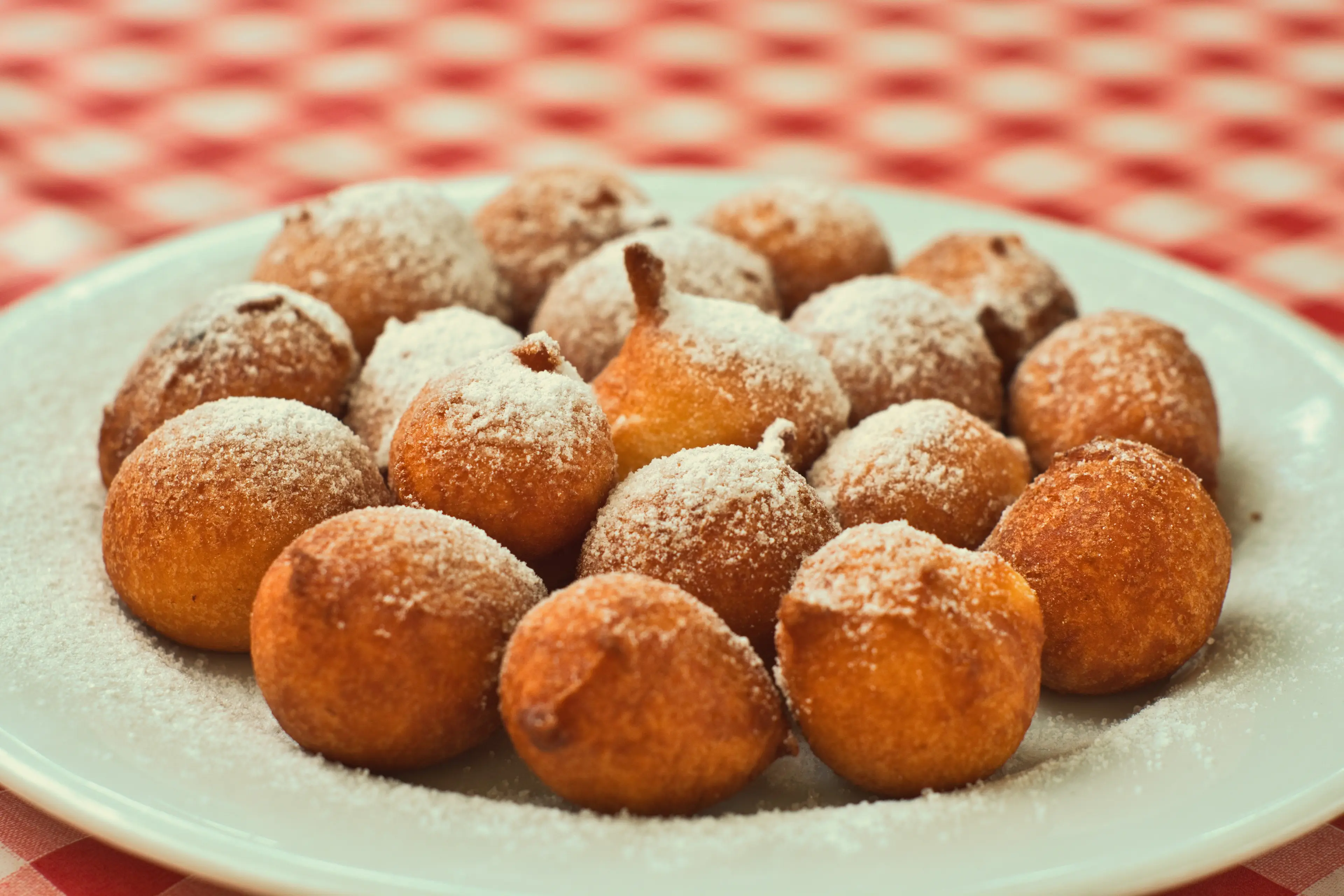
Krafne
Krafne are Croatian doughnuts filled with jam, chocolate, or cream. They are a popular sweet treat in Zagreb.

Medovaca
Medovaca is a Croatian honey liqueur. It's a traditional drink in Zagreb, often enjoyed as a digestif after meals.

Palacinke
Palacinke are Croatian pancakes, often filled with jam, chocolate, or nuts. They are a popular dessert in Zagreb.
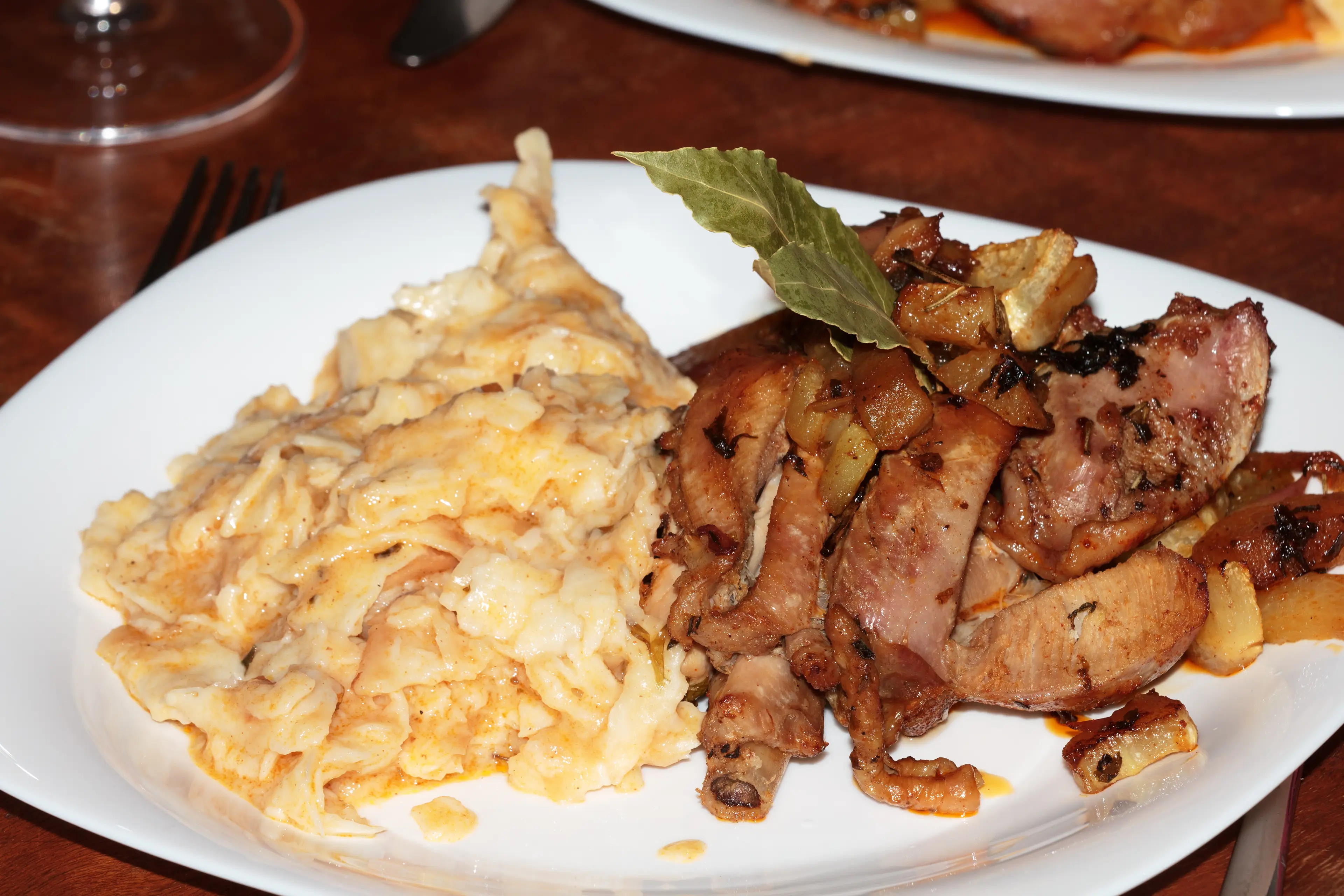
Purica s mlincima
Purica s mlincima is a traditional Zagreb dish consisting of roasted turkey with a special type of baked flatbread called 'mlinci'.
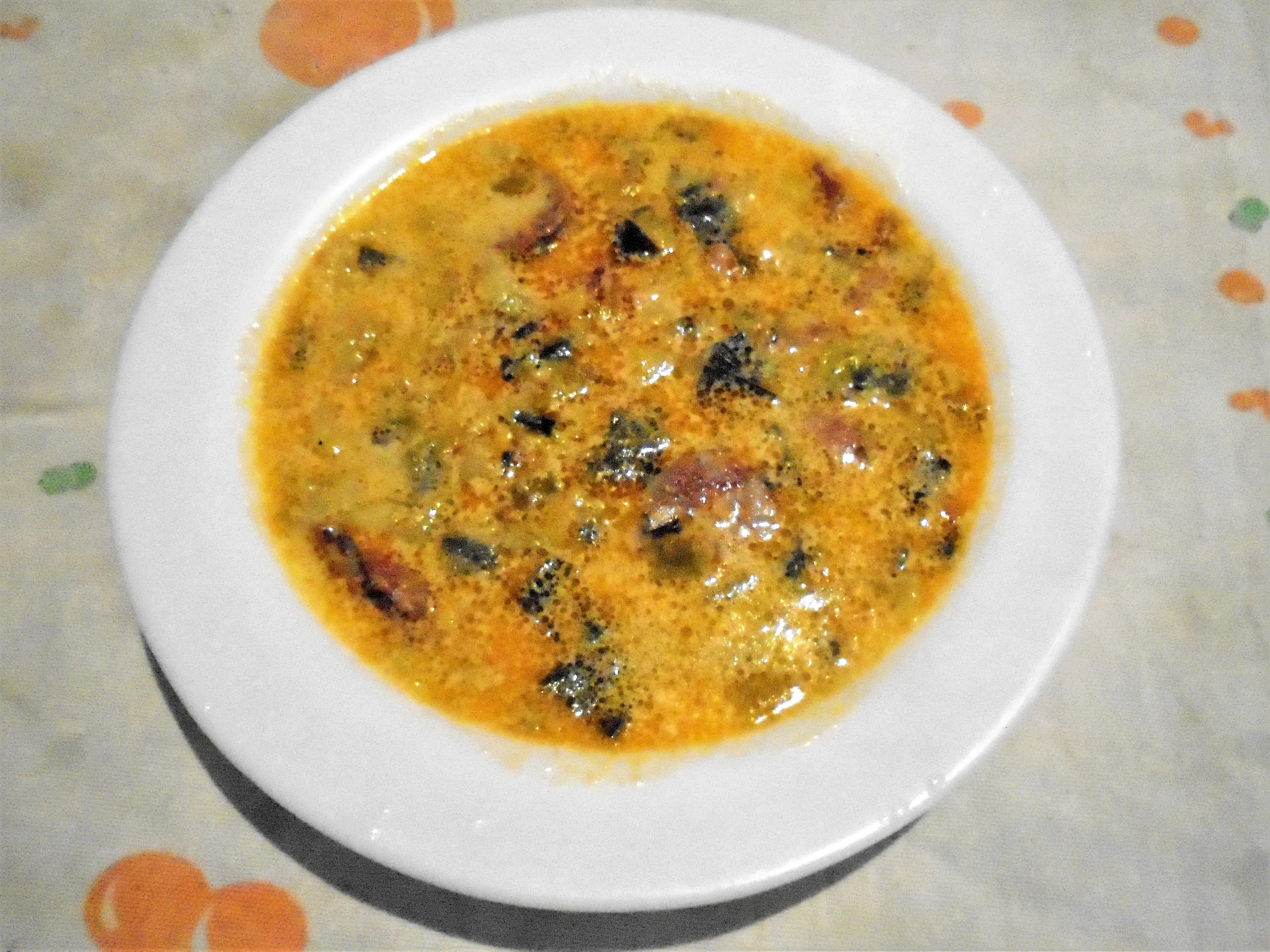
Varivo
Varivo is a type of Croatian vegetable stew, often made with beans, potatoes, and carrots. It's a popular comfort food in Zagreb.
Best time to visit
The best time to visit Zagreb, Croatia is during the spring (April to June) and fall (September and October). During these periods, the weather is pleasant and the city is less crowded. The summer months (July and August) can also be a good time if you don't mind the heat and a bit more tourists. These months also host a variety of festivals and outdoor events. However, if you're interested in skiing, then winter (December to February) would be the best time for you.
How to get around
Tram
Zagreb's tram network is extensive, operating 24 hours a day. It's a convenient way to get around the city, with frequent services during the day. Night trams operate from midnight to 4am.
Bus
Buses are also a popular mode of transport in Zagreb, especially for reaching areas not covered by the tram network. The bus station is centrally located and services run frequently.
Taxi
Taxis are readily available throughout Zagreb. They can be hailed on the street, booked by phone, or through a taxi app. They offer a convenient, though more expensive, mode of transport.
Ridesharing
Ridesharing services, such as Uber, are available in Zagreb. This can be a convenient and cost-effective way to get around, especially if you're traveling in a group. You'll need to download the app and have internet access to use this service.
Bicycle
Zagreb is a bike-friendly city with numerous cycle paths. There are several places where you can rent a bike for the day, and it's a great way to see the city at your own pace.
Foot
Many of Zagreb's main attractions are within walking distance of each other, especially in the city center. Walking is a great way to explore and get a feel for the city.
Car Rental
Renting a car is an option if you're comfortable driving in a foreign country. It provides the most flexibility, but keep in mind that parking can be difficult in the city center.
Funicular
The Zagreb Funicular is one of the city's most iconic forms of transport. It connects the Lower Town to the Upper Town and offers great views of the city. It's also the shortest funicular ride in the world!
Train
The main train station, Zagreb Glavni Kolodvor, is centrally located and connects Zagreb to other Croatian cities and international destinations. It's a good option if you're planning to travel outside of the city.
Important information
Currency€ EUR
Time zoneUTC+1
Driving sideRight
Emergency phone112
Drinking waterYes
Power sockets
Voltage230 V
Things to know about Zagreb, Croatia as a first time visitor
1
Zagreb is the capital and the largest city of Croatia.
2
The official language is Croatian, but English is widely spoken especially among the younger generation and in tourist areas.
3
The official currency is the Croatian Kuna (HRK). Credit cards are widely accepted, but it's always good to have some cash on hand.
4
Zagreb has a moderate continental climate, with warm summers and cold winters. Average summer temperatures range from 70°F to 90°F (20°C to 32°C), while winter temperatures can drop to 32°F to 45°F (0°C to 7°C).
5
Tipping is customary in Croatia. It's common to leave around 10% of the bill in restaurants and cafes.
6
Zagreb is generally safe for tourists, but like in any major city, it's important to stay vigilant and be aware of your surroundings.
7
Public transportation in Zagreb is reliable and efficient. It includes trams, buses, and a funicular. Tickets must be validated upon entering the vehicle.
8
Taxis and Uber are also available in Zagreb. Always ensure the meter is running to avoid being overcharged.
9
Zagreb's tap water is safe to drink.
10
Smoking is banned in public places in Croatia, including bars and restaurants.
11
Croatia is part of the European Union, but it's not part of the Schengen Area. This means you may need a visa to visit, depending on your nationality.
12
Zagreb is in the Central European Time Zone (CET), which is GMT +1.
13
The city has a rich history and culture, with many museums, galleries, and theaters.
14
Traditional Croatian cuisine is diverse and hearty, with influences from neighboring countries. Be sure to try local dishes like 'strukli' and 'cevapi'.
15
Zagreb has a vibrant nightlife, with many bars, clubs, and live music venues.
16
The city is known for its outdoor markets, the most famous of which is Dolac Market.
17
Zagreb is a walkable city, but it's also quite hilly. Comfortable shoes are recommended.
18
Croatians are generally friendly and hospitable. Don't hesitate to ask for directions or recommendations.
19
The city has a mix of architecture from different periods, from medieval to modern.
20
Zagreb has a number of festivals and events throughout the year, including the Zagreb Film Festival and Advent in Zagreb.
Basic Croatian to know as a first time visitor
English phrase | Native phrase | Pronunciation | When to use it |
|---|---|---|---|
Hello | Bok | bawk | Greeting someone |
Goodbye | Doviđenja | doh-vee-jen-ya | Leaving or saying goodbye |
Please | Molim | moh-leem | Making a request |
Thank you | Hvala | hvah-la | Expressing gratitude |
Yes | Da | dah | Agreeing or confirming |
No | Ne | neh | Disagreeing or denying |
Excuse me | Oprostite | oh-proh-stee-teh | Getting attention or apologizing |
I'm sorry | Žao mi je | zhao mee yeh | Apologizing |
Do you speak English? | Govorite li engleski? | goh-voh-ree-teh lee eng-les-kee | Asking if someone speaks English |
I don't understand | Ne razumijem | neh rah-zoo-mee-yem | Not understanding something |
Where is the bathroom? | Gdje je WC? | gdye yeh vee-cee | Asking for directions |
How much does this cost? | Koliko ovo košta? | ko-lee-ko oh-vo kosh-tah | Asking the price of something |
Can I have the menu, please? | Mogu li dobiti jelovnik, molim? | moh-goo lee doh-bee-tee ye-lov-neek, moh-leem | At a restaurant |
I would like... | Želio bih... | zhe-lee-oh bee | Making a request |
Water | Voda | voh-dah | Ordering a drink |
Beer | Pivo | pee-voh | Ordering a drink |
Wine | Vino | vee-no | Ordering a drink |
Help! | Pomoć! | poh-mohch | In an emergency |
Call the police! | Pozovite policiju! | poh-zoh-vee-teh po-lee-see-yoo | In an emergency |
Good night | Laku noć | lah-koo notch | Saying goodbye in the evening |
Packing List
Clothing
Underwear
Socks
T-shirts
Pants/Jeans
Comfortable walking shoes
Sweater or jacket
Pajamas
Swimwear (if planning to visit wellness centers)
Scarf, gloves and hat (if visiting in winter)
Toiletries
Toothbrush and toothpaste
Deodorant
Shampoo and conditioner
Body wash or soap
Razor and shaving cream
Hairbrush or comb
Makeup and makeup remover
Sunscreen
Travel-sized first aid kit
Travel documents and essentials
Passport or ID
Airline tickets
Hotel reservation confirmation
Travel insurance documents
Credit and debit cards
Cash in local currency (Croatian Kuna)
Emergency contacts and addresses
Map of Zagreb
Electronics and gadgets
Smartphone
Charger for smartphone
Headphones
Camera
Charger for camera
Universal travel adapter
Portable power bank
Miscellaneous items
Snacks for the journey
Travel pillow and blanket
Earplugs and eye mask
Books or e-reader for entertainment
Travel-sized laundry detergent
Reusable water bottle
Umbrella or raincoat
Travel guidebook for Zagreb
Weather Conditions
When visiting Zagreb, Croatia, it's important to be aware of the city's continental climate, which means it experiences hot summers and cold winters. During the summer months, from June to August, temperatures can reach up to 86°F (30°C), so it's advisable to pack lightweight, breathable clothing, sunscreen, and a hat to protect against the sun. However, do remember that summer evenings can be cooler, so a light jacket or sweater might come in handy. In contrast, winter months, from December to February, can be quite cold with temperatures often dropping to 32°F (0°C) or below. Snowfall is common during this time, so if you're planning a winter visit, be sure to pack warm clothing, including a heavy coat, gloves, and a hat. Waterproof shoes are also a good idea as the streets can become slushy. Spring and autumn are generally mild, but the weather can be unpredictable. It's best to pack layers to accommodate fluctuating temperatures. Rain is more frequent during these seasons, so don't forget to pack an umbrella or a raincoat. Regardless of when you visit, it's always a good idea to check the weather forecast before your trip to ensure you're adequately prepared. Enjoy your visit to this beautiful city!
| Month | Hi / Lo (°C) | Weather Overview |
|---|---|---|
January | 4° / -3° | January is the coldest month in Zagreb, with temperatures often dropping below freezing. Pack warm clothing and be prepared for possible snowfall. |
February | 7° / -2° | February is still quite cold, with a slight increase in temperature. Snow is less likely, but still possible. |
March | 11° / 1° | March sees the beginning of spring, with temperatures starting to rise. However, it can still be quite chilly, especially in the evenings. |
April | 17° / 5° | April is a pleasant month to visit Zagreb, with mild temperatures and plenty of sunshine. However, there can be occasional rain showers. |
May | 21° / 9° | May is a beautiful month to visit Zagreb, with warm temperatures and long, sunny days. It's a great time for outdoor activities. |
June | 24° / 12° | June is the start of the summer season in Zagreb, with warm temperatures and plenty of sunshine. It's a great time to explore the city and its surroundings. |
July | 26° / 14° | July is the hottest month in Zagreb, with temperatures often exceeding 25 degrees. It's a great time for swimming and sunbathing. |
August | 26° / 14° | August is another hot month in Zagreb, with high temperatures and plenty of sunshine. It's a great time for outdoor activities and exploring the city. |
September | 22° / 10° | September is a pleasant month in Zagreb, with mild temperatures and less crowds. It's a great time to visit if you prefer a quieter holiday. |
October | 16° / 6° | October sees the start of autumn in Zagreb, with cooler temperatures and beautiful fall foliage. It's a great time for hiking and exploring the countryside. |
November | 10° / 2° | November is a cool month in Zagreb, with temperatures dropping and more rainfall. It's a good time to visit museums and indoor attractions. |
December | 5° / -1° | December is a cold month in Zagreb, with temperatures often dropping below freezing. It's a great time to visit if you enjoy Christmas markets and festive decorations. |
Did you know?
Places near by Zagreb, Croatia

Plitvice Lakes National Park
A UNESCO World Heritage site, known for its cascading lakes linked by waterfalls.

Varaždin
Known as 'Little Vienna', famous for its baroque buildings, music, art, and the annual Špancirfest festival.

Trakošćan Castle
A beautiful castle dating back to the 13th century, surrounded by a park and a lake.

Rijeka
A vibrant port city known for its annual carnival, historical sites, and rich cultural scene.

Ljubljana
The capital of Slovenia, known for its university population and green spaces, including expansive Tivoli Park.

Zadar
Known for the Roman and Venetian ruins of its peninsular Old Town, as well as the modern Sea Organ.

Pula
Known for its protected harbor, beach-lined coast and Roman ruins like the Pula Arena, one of the best preserved Roman amphitheaters.

Venice
Famous for its canals, gondolas, art and architecture.

Vienna
Known for its Imperial palaces, including Schönbrunn, the Habsburgs’ summer residence.

Budapest
Hungary’s capital, known for its dramatic cityscape cut by the Danube River and beautiful architecture.

